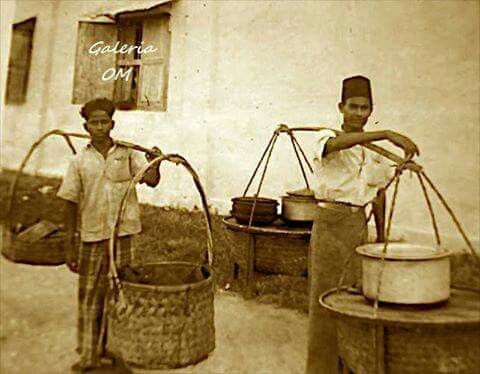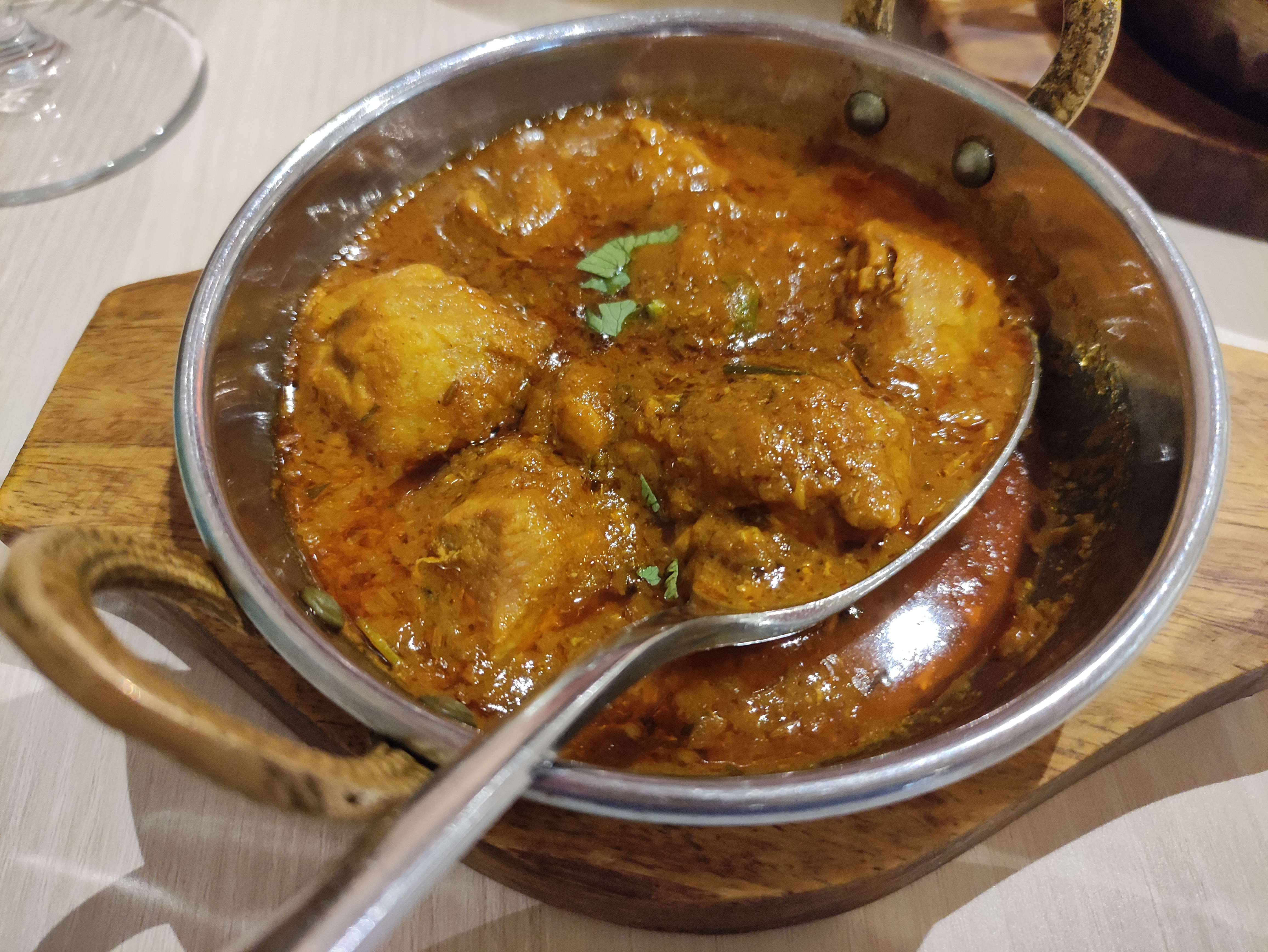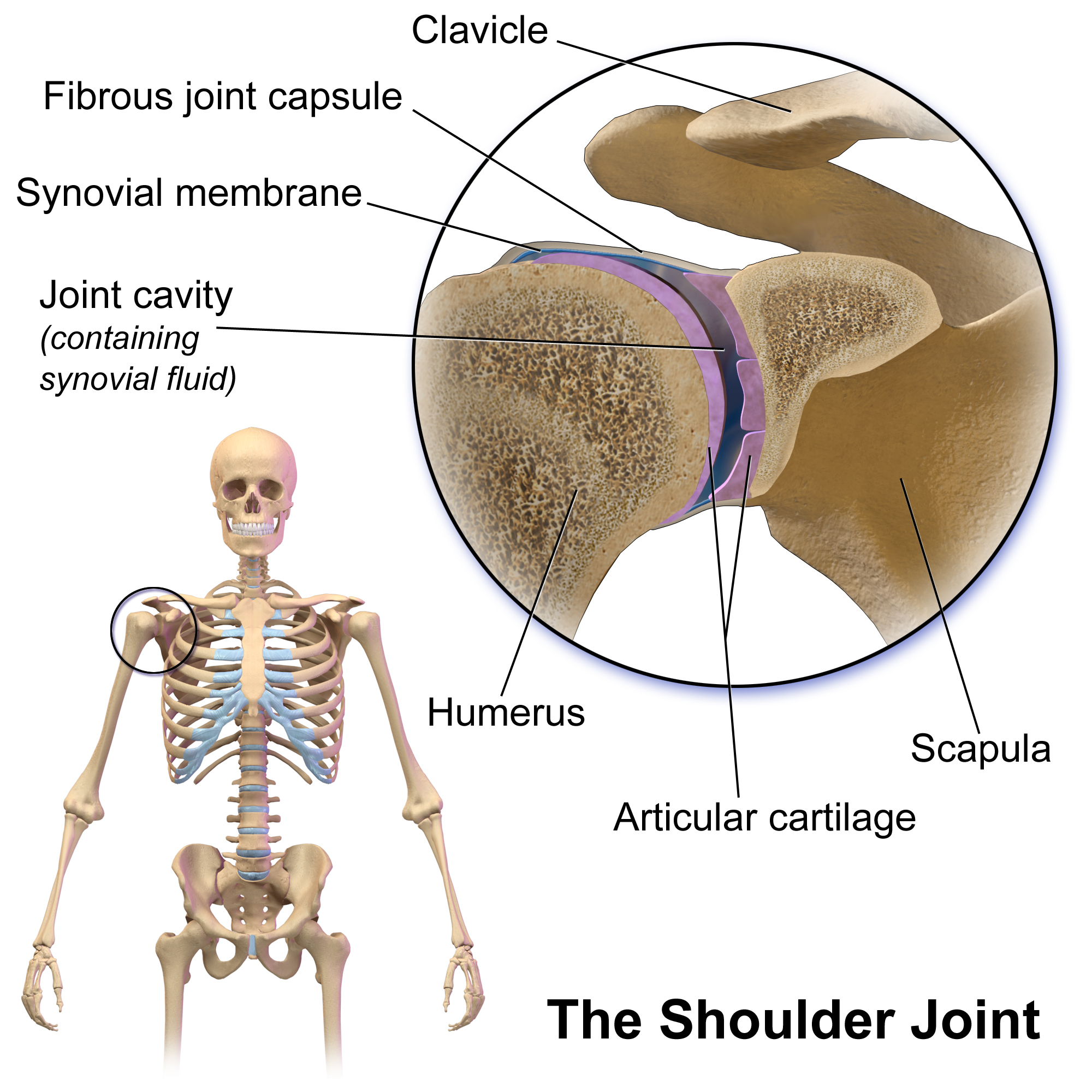|
Nasi Kandar
''Nasi kandar'' ( Northern Malay: ; Jawi: ناسي كاندر) is a popular northern Malaysian dish from Penang, originally introduced by Tamil Muslim traders from India. The meal consists of steamed rice combined with an array of distinct curries, side dishes, and gravies. The selection of curries consists of various blends of vegetables, seafood or meat. Other closely related regional variations of nasi kandar include ''nasi ganja'' (Ipoh), ''nasi dalca'' (Penang), '' nasi lemak royale'' (Alor Setar), ''nasi maduri'' (Perlis), ''nasi kalut'' (Kedah), and ''nasi tomato'' (Penang and Kedah). In Malaysia and Singapore, nasi kandar is predominantly linked to Muslim-owned establishments that specialise in Indian curry rice, while the terms "banana leaf restaurants" and "curry houses" are typically used to describe establishments operated by non-Muslims. This distinction highlights the cultural and religious diversity that shapes the country’s culinary landscape. Etymology The ... [...More Info...] [...Related Items...] OR: [Wikipedia] [Google] [Baidu] |
Sambal
Sambal is an Indonesian chili sauce or paste, typically made from a mixture of chillis with secondary ingredients such as shrimp paste (terasi), garlic, ginger, shallot, scallion, palm sugar, and lime juice. ''Sambal'' is an Indonesian loanword of Javanese origin ( ). In addition to Indonesian cuisine, sambal is also an integral part of the cuisines of Singapore, Malaysia, Brunei, and Sri Lanka. It has also spread through overseas Indonesian populations to the Netherlands and Suriname. (Indonesian) Different sambal recipes are served as hot and spicy condiments for dishes, such as '' lalab'' (raw vegetables), '' ikan bakar'' (grilled fish), '' ikan goreng'' (fried fish), '' ayam goreng'' (fried chicken), '' ayam penyet'' (smashed chicken), '' iga penyet'' (ribs), and various '' soto'' soups. There are at least 212 variants of sambal in Indonesia, most of which originate in Java. History Sambal is often described as a hot and spicy Indonesian relish. However, its m ... [...More Info...] [...Related Items...] OR: [Wikipedia] [Google] [Baidu] |
Singapore
Singapore, officially the Republic of Singapore, is an island country and city-state in Southeast Asia. The country's territory comprises one main island, 63 satellite islands and islets, and one outlying islet. It is about one degree of latitude () north of the equator, off the southern tip of the Malay Peninsula, bordering the Strait of Malacca to the west, the Singapore Strait to the south along with the Riau Islands in Indonesia, the South China Sea to the east, and the Straits of Johor along with the State of Johor in Malaysia to the north. In its early history, Singapore was a maritime emporium known as '' Temasek''; subsequently, it was part of a major constituent part of several successive thalassocratic empires. Its contemporary era began in 1819, when Stamford Raffles established Singapore as an entrepôt trading post of the British Empire. In 1867, Singapore came under the direct control of Britain as part of the Straits Settlements. During World ... [...More Info...] [...Related Items...] OR: [Wikipedia] [Google] [Baidu] |
Brinjals
Eggplant (American English, US, Canadian English, CA, Australian English, AU, Philippine English, PH), aubergine (British English, UK, Hiberno English, IE, New Zealand English, NZ), brinjal (Indian English, IN, Singapore English, SG, Malaysian English, MY, South African English, ZA, Sri Lankan English, SLE), or baigan (Languages of India, IN, Caribbean English, GY) is a plant species in the Solanaceae, nightshade family Solanaceae. ''Solanum melongena'' is grown worldwide for its edible fruit, typically used as a vegetable in cooking. Most commonly purple, the spongy, absorbent fruit is used in List of cuisines, several cuisines. It is a berry (botany), berry by botany, botanical definition. As a member of the genus ''Solanum'', it is related to the tomato, chili pepper, and potato, although those are of the Americas region while the eggplant is of the Eurasia region. Like the tomato, its skin and seeds can be eaten, but it is usually eaten cooked. Eggplant is nutritionally ... [...More Info...] [...Related Items...] OR: [Wikipedia] [Google] [Baidu] |
Curry
Curry is a dish with a sauce or gravy seasoned with spices, mainly derived from the interchange of Indian cuisine with European taste in food, starting with the Portuguese, followed by the Dutch and British, and then thoroughly internationalised. Many dishes that would be described as curries in English are found in the native cuisines of countries in Southeast Asia and East Asia. The English word is derived indirectly from some combination of Dravidian words. A first step in the creation of curry was the arrival in India of spicy hot chili peppers, along with other ingredients such as tomatoes and potatoes, part of the Columbian exchange of plants between the Old World and the New World. During the British Raj, Anglo-Indian cuisine developed, leading to Hannah Glasse's 18th century recipe for "currey the India way" in England. Curry was then spread in the 19th century by indentured Indian sugar workers to the Caribbean, and by British traders to Japan. Further exchange ... [...More Info...] [...Related Items...] OR: [Wikipedia] [Google] [Baidu] |
George Town, Penang
George Town is the capital of the States and federal territories of Malaysia, Malaysian state of Penang. It is the core city of the George Town Conurbation, Malaysia's List of cities and towns in Malaysia by population#Largest metropolitan areas by population, second largest metropolitan area with a population of 2.84 million and the second largest metropolitan economy in the country. The city proper spans an area of encompassing Penang Island and surrounding islets, and had a population of 794,313 . Classified as a Globalization and World Cities Research Network#Gamma −, "Gamma −" city, the second highest in Malaysia after Kuala Lumpur, George Town is the commercial centre for northern Malaysia and one of the few World Bank high-income economy, high-income economies of the cities outside the Klang Valley. According to Euromonitor International and the Economist Intelligence Unit, George Town has the highest potential for revenue growth among all Malaysian cities and contr ... [...More Info...] [...Related Items...] OR: [Wikipedia] [Google] [Baidu] |
Weld Quay, George Town
Weld Quay is a coastal road in the city of George Town within the Malaysian state of Penang. One of a handful of places worldwide that was named after a Prime Minister of New Zealand, the road runs along the city's eastern shoreline, connecting the Tun Dr. Lim Chong Eu Expressway with Light Street and Beach Street. Weld Quay was created as part of a massive land reclamation project in George Town in the late 19th century, which pushed the coastline further east. During the heyday of British rule, Weld Quay was home to the Port of Penang, which was then one of the major ports in Malaya. The Chinese Clan Jetties at the road was originally built to house the Chinese labourers employed at the harbour. Now part of the city's UNESCO World Heritage Site, major transportation hubs are still located along Weld Quay today, such as Swettenham Pier and the Raja Tun Uda Ferry Terminal, the latter being used for the cross-strait Rapid Ferry services. A public bus terminal adjacent to th ... [...More Info...] [...Related Items...] OR: [Wikipedia] [Google] [Baidu] |
Indian Muslim
Islam is India's Religion in India, second-largest religion, with 14.2% of the country's population, or approximately 172.2 million people, identifying as adherents of Islam in a 2011 census. India also has the Islam by country, third-largest number of Muslims in the world. The majority of India's Muslims are Sunni, with Shia making up around 15% of the Muslim population. Islam spread in Indian communities along the Arab coastal trade routes in Gujarat and in Malabar Coast shortly after the religion emerged in the Arabian Peninsula. Islam arrived in the inland of Indian subcontinent in the 7th century when the Arabs invaded and conquered Sindh and later arrived in Punjab and North India in the 12th century via the Ghaznavids and Ghurid dynasty, Ghurids conquest and has since become a part of India's Culture of India, religious and cultural heritage. The Barwada Mosque in Ghogha, Gujarat built before 623 CE, Cheraman Juma Mosque (629 CE) in Methala, Kerala and Palaiya Jumma ... [...More Info...] [...Related Items...] OR: [Wikipedia] [Google] [Baidu] |
Nasi Kandar 1950s
Nasi may refer to: Food Dishes Nasi Goreng is an Indonesian and Malay word for ''cooked rice'', featured in many Southeast Asian dishes *Nasi goreng, a popular rice dish often simply called ''nasi'' *Other Southeast Asian ''nasi'' dishes: **Nasi ambeng **Nasi bakar **Nasi bogana **Nasi campur **Nasi dagang **Nasi goreng jawa ** Nasi goreng pattaya ** Nasi gurih ** Nasi jamblang **Nasi kapau **Nasi kari **Nasi kebuli **Nasi kerabu **Nasi kucing **Nasi kuning **Nasi lemak **Nasi lemuni ** Nasi lengko **Nasi liwet **Nasi mandi **Nasi minyak **Nasi padang **Nasi paprik **Nasi pecel **Nasi tempong **Nasi tim **Nasi timbel **Nasi tutug oncom **Nasi tumpang **Nasi tumpeng **Nasi uduk **Nasi ulam Restaurant * Pelita Nasi Kandar, a Malaysian restaurant chain Religion *Nasi (Hebrew title), meaning ''prince'' in Biblical Hebrew and ''president'' in Modern Hebrew *Nasi', an Islamic concept mentioned in the Qur'an People * Nasi Manu, a New Zealand professional rugby player *Nasi (singer), a B ... [...More Info...] [...Related Items...] OR: [Wikipedia] [Google] [Baidu] |
Shoulder Pole
A carrying pole, also called a shoulder pole or a milkmaid's yoke, is a yoke of wood or bamboo, used by people to carry a load. This piece of equipment is used in one of two basic ways: *A single person balances the yoke over one shoulder, with an evenly distributed load being suspended from each end. *Two people support the yoke by resting it on a shoulder, with the load suspended from the centre of the yoke. It is still widely used in East Asia, and was previously used in the Western world, in particular by milkmaids. It was once part of the Culture of Europe, European culture, and was subsequently brought to Australia and the United States. It was also commonly used in Sri Lanka, where it was called ''Pingo''. There are early 19th century postcards from Ceylon with ''Pingo Carriers''. The basic design is a wood or bamboo yoke, usually tapered. From each end of the yoke, a load of equal mass is suspended. The load may be a basket of goods, pail of milk, water or other liquid, ... [...More Info...] [...Related Items...] OR: [Wikipedia] [Google] [Baidu] |
Shoulder
The human shoulder is made up of three bones: the clavicle (collarbone), the scapula (shoulder blade), and the humerus (upper arm bone) as well as associated muscles, ligaments and tendons. The articulations between the bones of the shoulder make up the shoulder joints. The shoulder joint, also known as the glenohumeral joint, is the major joint of the shoulder, but can more broadly include the acromioclavicular joint. In human anatomy, the shoulder joint comprises the part of the body where the humerus attaches to the scapula, and the head sits in the glenoid cavity. The shoulder is the group of structures in the region of the joint. The shoulder joint is the main joint of the shoulder. It is a ball and socket joint that allows the arm to rotate in a circular fashion or to hinge out and up away from the body. The joint capsule is a soft tissue envelope that encircles the glenohumeral joint and attaches to the scapula, humerus, and head of the biceps. It is lined by a ... [...More Info...] [...Related Items...] OR: [Wikipedia] [Google] [Baidu] |
Urdu Language
Urdu (; , , ) is an Indo-Aryan languages, Indo-Aryan language spoken chiefly in South Asia. It is the Languages of Pakistan, national language and ''lingua franca'' of Pakistan. In India, it is an Eighth Schedule to the Constitution of India, Eighth Schedule language, the status and cultural heritage of which are recognised by the Constitution of India. Quote: "The Eighth Schedule recognizes India's national languages as including the major regional languages as well as others, such as Sanskrit and Urdu, which contribute to India's cultural heritage. ... The original list of fourteen languages in the Eighth Schedule at the time of the adoption of the Constitution in 1949 has now grown to twenty-two." Quote: "As Mahapatra says: "It is generally believed that the significance for the Eighth Schedule lies in providing a list of languages from which Hindi is directed to draw the appropriate forms, style and expressions for its enrichment" ... Being recognized in the Constitution, ... [...More Info...] [...Related Items...] OR: [Wikipedia] [Google] [Baidu] |
Rice
Rice is a cereal grain and in its Domestication, domesticated form is the staple food of over half of the world's population, particularly in Asia and Africa. Rice is the seed of the grass species ''Oryza sativa'' (Asian rice)—or, much less commonly, ''Oryza glaberrima'' (African rice). Asian rice was domesticated in China some 13,500 to 8,200 years ago; African rice was domesticated in Africa about 3,000 years ago. Rice has become commonplace in many cultures worldwide; in 2023, 800 million tons were produced, placing it third after sugarcane and maize. Only some 8% of rice is traded internationally. China, India, and Indonesia are the largest consumers of rice. A substantial amount of the rice produced in developing nations is lost after harvest through factors such as poor transport and storage. Rice yields can be reduced by pests including insects, rodents, and birds, as well as by weeds, and by List of rice diseases, diseases such as rice blast. Traditional rice polyc ... [...More Info...] [...Related Items...] OR: [Wikipedia] [Google] [Baidu] |








